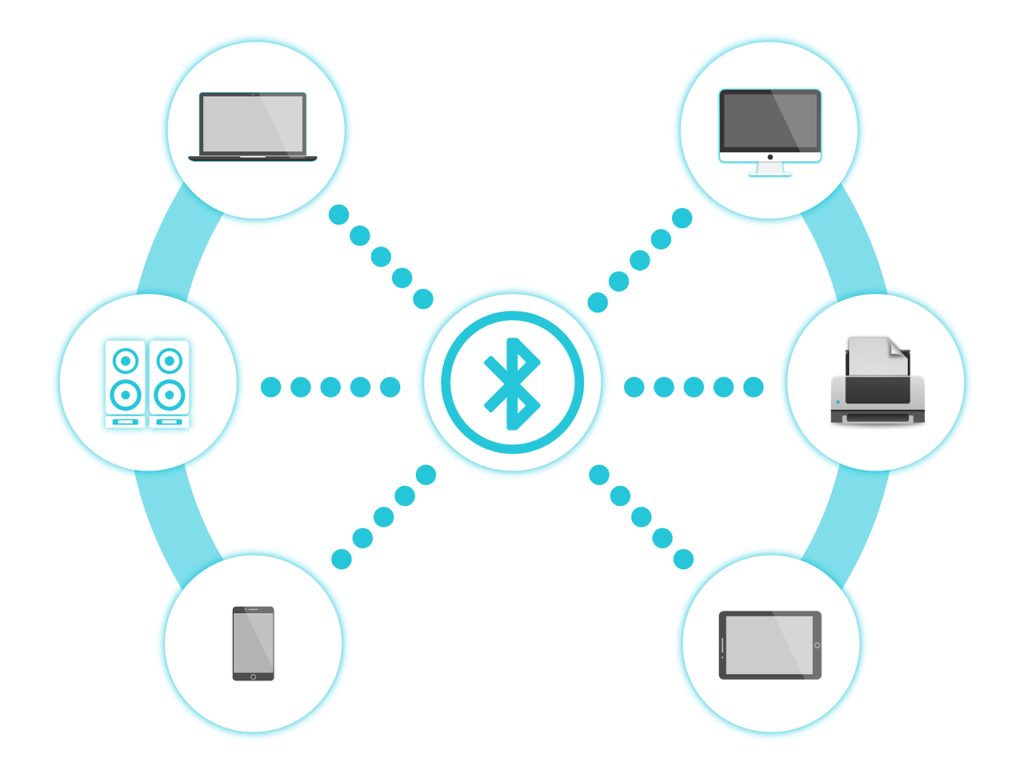In today's interconnected world, wireless communication has become an integral part of our daily lives. From smartphones to smart homes, the need for seamless connectivity is ever-growing. One technology that has played a significant role in achieving this is Bluetooth Low Energy (BLE), a wireless communication standard designed for short-range communication between devices. At the heart of BLE-enabled devices lies the BLE module, a compact and versatile component that has revolutionized the way we connect and interact with our surroundings. In this article, we will delve into the world of BLE modules, their features, and the limitless possibilities they offer.

A BLE module is a small electronic component that integrates the necessary hardware, firmware, and software to enable Bluetooth Low Energy connectivity in a device. Also known as a Bluetooth module or Bluetooth chip, it provides a convenient and standardized way to add wireless communication capabilities to various devices, ranging from consumer electronics to industrial applications. These modules typically consist of a Bluetooth radio, a microcontroller unit (MCU), and associated peripherals, all packaged into a compact form factor.
One of the key advantages of BLE modules is their low energy consumption. They are specifically designed to operate on minimal power, making them ideal for battery-powered devices. This low power consumption allows BLE devices to operate for extended periods, sometimes even years, on a single battery charge.
BLE modules provide a simple and efficient way to add wireless connectivity to devices. With built-in firmware and software stacks, they handle the complexities of Bluetooth communication, allowing developers to focus on their application-specific functionalities. These modules often come with standardized interfaces, making them compatible with a wide range of host devices and systems.
BLE modules are compact in size, enabling seamless integration into space-constrained devices. Their small form factor makes them suitable for various applications, including wearables, IoT devices, and even miniature sensors. This versatility allows manufacturers to add wireless capabilities to their products without compromising on size or aesthetics.
While BLE modules operate over short ranges compared to traditional Bluetooth, they still offer ample coverage for most applications. The range can vary depending on the environment and power settings but typically extends up to 100 meters. BLE modules also support data transfer rates sufficient for many applications, including sensor data, control signals, and even audio streaming.
BLE modules have played a significant role in the growth of wearable technology. They enable seamless connectivity between fitness trackers, smartwatches, and smartphones, allowing users to monitor their health, receive notifications, and control various features wirelessly.
BLE modules have found their way into the realm of home automation, enabling the creation of smart homes. From controlling lights and appliances to monitoring security systems, BLE modules provide a reliable and energy-efficient means of communication between various smart devices, enhancing comfort and convenience for homeowners.
BLE modules have become a popular choice for asset tracking applications. By integrating BLE modules into assets such as inventory items or vehicles and deploying beacon devices throughout a facility, businesses can accurately track and locate their assets in real-time, improving efficiency and reducing losses.
BLE modules have opened up new possibilities in the healthcare industry. They enable wireless communication between medical devices and smartphones, facilitating remote patient monitoring, telemedicine, and personalized healthcare solutions. BLE modules also play a crucial role in wearable medical devices, allowing continuous monitoring of vital signs and seamless data transmission to healthcare providers.
Bluetooth Low Energy (BLE) modules have become the backbone of wireless connectivity, empowering a wide range of devices and applications. Their low power consumption, easy integration, small form factor, and reliable performance make them an ideal choice for designers and developers. As technology continues to advance, BLE modules will continue to play a pivotal role in shaping our connected future, enabling smarter and more efficient interactions between devices and the world around us.
Prev:IoT Bluetooth Gateway Buying Guide
Next:UWB Forklift Collision Prevention: Enhancing Warehouse Safety
Copyrights© Shenzhen Skylab Co.,LTD All Rights Reserved.

